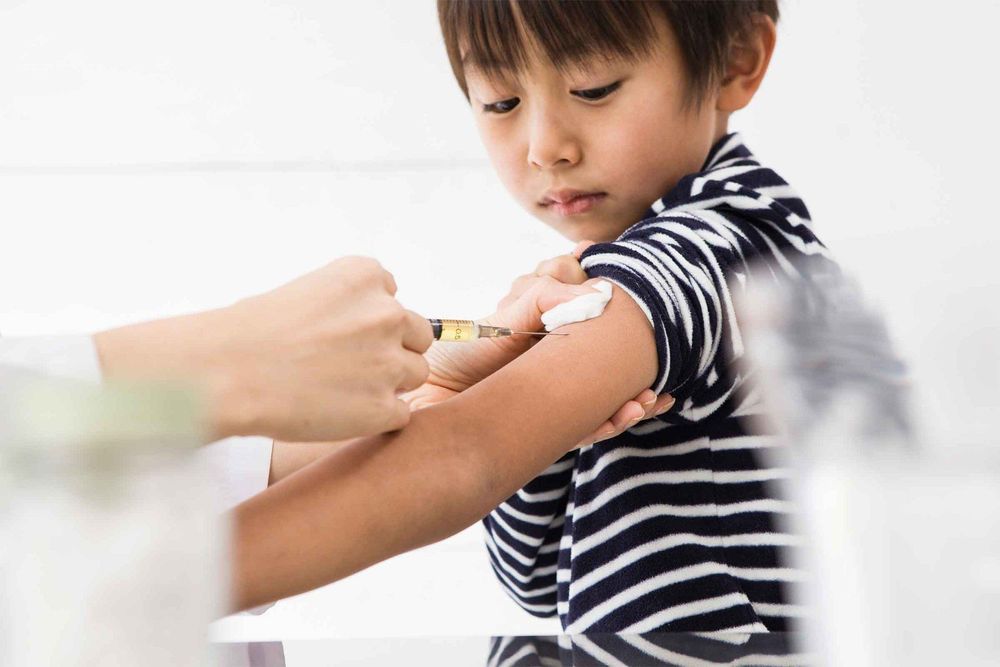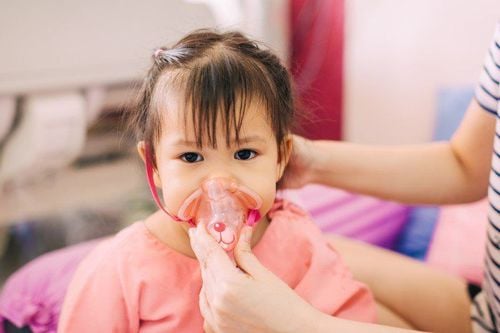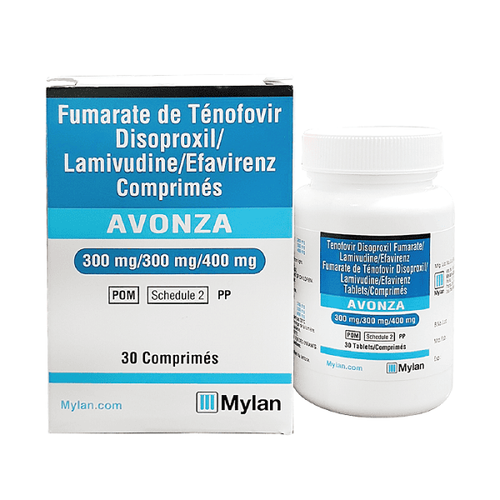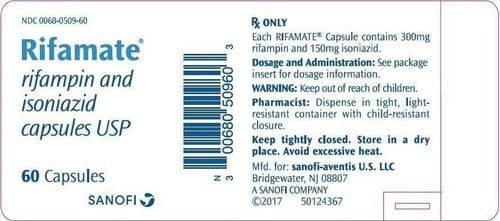This is an automatically translated article.
Tuberculosis peritoneum is a specific inflammatory lesion of the peritoneum caused by Mycobacterium tuberculosis, usually secondary to another tuberculosis. The disease can occur at any age, any gender, but is more common in young people, more common in women than in men.
1. What is peritoneal tuberculosis?
In the early stage, peritoneal tuberculosis is difficult to detect because the clinical symptoms are faint and poor, and in the late stage, the clinical manifestations are very rich because the disease has damaged other organs. If not treated promptly, the disease will progress to complications with many serious complications that can be life-threatening. Peritoneal TB can be completely cured, but it takes a long time to take medicine, a combination of many drugs, and medication needs to be strictly followed, so prevention of peritoneal TB as well as TB prevention in general is extremely important. important.
2. Mechanism of transmission in tuberculosis

Bệnh lao là bệnh lây truyền qua đường hô hấp
Mechanism of transmission: Tuberculosis is a respiratory disease transmitted by inhalation of aerosol particles in the air containing TB bacteria, aerosol particles containing TB bacteria are produced when a person has pulmonary tuberculosis in the lungs. the advanced stage of coughing, sneezing, and sneezing (aerosol particles with a diameter of about 1 - 5 micrometers are suspended in the air for a few hours to 24 hours). The ability to spread decreases sharply after 2 to 4 weeks of treatment, so early detection and treatment of TB will reduce transmission in the community.
TB infection : is a condition in which TB bacteria are present in the body but cannot grow due to the control of the immune system. The body's resistance decreases. People infected with TB who have no clinical manifestations of TB disease, have a small number of TB bacteria, can detect TB infection through immunological tests such as the Mantoux reaction, or the IGRA test. interferon gamma releasing agent)
Tuberculosis : Tuberculosis is an infectious disease caused by the bacterium tuberculosis (Mycobacterium tuberculosis). Tuberculosis can occur in all parts of the body, in which pulmonary tuberculosis is the most common form of tuberculosis (accounting for 80-85%) and is the main source of transmission to people around. Patients with signs of tuberculosis, the number of bacteria in people with TB is more than the number of bacteria in people with TB infection.
Risk of transitioning from TB infection to TB: About 10% of a lifetime in healthy people with normal immune systems infected with TB in childhood will develop TB. For immunocompromised people such as HIV co-infected, the risk of switching from TB infection to active TB disease will be very high, about 10%/year.
Several factors are involved in the transmission of TB:
The concentration of aerosol particles in the air is influenced by the number of bacteria coughed up by the patient and the ventilation in the area of exposure. Length of exposure to aerosol-contaminated aerosol particles Proximity to the source of aerosol-carrying TB bacteria Weakened immune system: HIV, diabetes, and malnutrition... Users Smoking and alcohol can increase the risk of TB infection and tuberculosis. Environmental factors: Tight space, inadequate ventilation, recirculation of air containing aerosolized TB bacteria.
3. Prevention of peritoneal tuberculosis

Tiêm vắc xin lao giúp cho cơ thể hình thành miễn dịch chống lại bệnh lao
Prevention of peritoneal tuberculosis is the application of measures to: Reduce the risk of infection with TB bacteria and Reduce the risk of switching from TB infection to TB disease.
TB infection control is a combination of measures that minimize the risk of TB transmission in the community. These include:
Environmental hygiene control: Reducing the concentration of infectious particles in the air by good ventilation by:
Doors and windows of examination rooms, waiting areas and patient rooms should be opened for natural ventilation. or use an electric fan in the right direction to dilute the infectious particles and push the bacteria out, under the sun the tuberculosis bacteria will be easily destroyed. Arrange a reasonable working position in the direction of ventilation: Do not let air go from the patient to the medical staff. Change the behavior of the patient (respiratory hygiene) to reduce infectious particles into the environment:
Use a mask or at least cover the mouth when talking to others (medical staff), when sneezing, coughing. Spit phlegm into paper or cup, put it in the right place, wash your hands with soap often. Take sputum for testing at the right place, preferably outdoors, in a well-ventilated environment. Otherwise, it should be in a place with good ventilation and low exposure to healthcare workers and others. Sputum collection should not be placed in small closed rooms or toilets. Reduce contact with sources of infection:
Isolation: There should be a separate place of care and treatment for patients with AFB (+) pulmonary TB, especially those with multidrug-resistant TB. In special facilities such as prisons, rehabilitation facilities, educational institutions, reformatory schools, and social protection facilities with very high infection rates, it is necessary to adequately isolate sick people for new treatment. avoid serious outbreaks. Medical staff need to follow the process of examining and taking care of patients: when examining, asking questions, giving advice so that the patient turns away. Friendly through actions, gestures, words, not necessarily direct contact. To protect HIV-infected people who come to the clinic: it is necessary to identify people with suspected TB (coughing) to instruct them to use masks, paper mouth coverings, move to a separate waiting area or isolation room (if available) and prioritize medical examination. in advance to reduce contact time.
Implement infection prevention in health facilities:
Health facilities must fully comply with the Regulations on hospital infection control and the Guidelines for TB infection control in medical facilities. enter the body through respiratory tract, gastrointestinal tract, can be transmitted from mother to child, in which pulmonary tuberculosis has the highest infection rate. TB bacteria are spread into the air in the form of tiny microscopic particles that are invisible to the naked eye when a person with TB symptoms cough, sneezes or talks. Healthy people can breathe in microscopic particles containing TB germs and become infected. In addition, TB bacteria also have the ability to enter the body if we eat contaminated foods. Most people become infected with TB through frequent and frequent contact with sick people. Therefore, if someone in the family has tuberculosis, the patient should live separately, the living environment should be clean and airy. Care should be taken to limit contact of children under 5 years of age with sick people. In case the body shows symptoms of prolonged cough, night sweats, fatigue, loss of appetite, fever in the afternoon, it is necessary to immediately go to the nearest medical facility to do detection tests. tuberculosis and timely treatment. Vaccination against tuberculosis (Bacille Calmette-Guérin) is administered by the Expanded Immunization Program to help the body build up immunity against tuberculosis when infected with TB. To have an effective effect, parents need to give the child the correct injection technique, time and dose.
Please dial HOTLINE for more information or register for an appointment HERE. Download MyVinmec app to make appointments faster and to manage your bookings easily.













